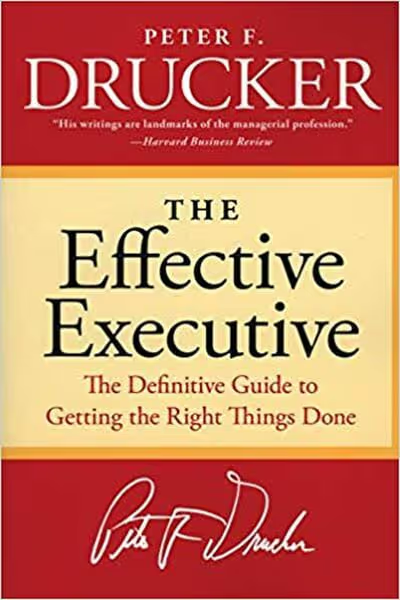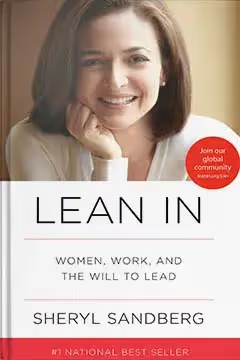The 100-Year Life
Shortlisted for the FT/McKinsey Business Book of the Year Award, The 100-Year Life explores how living to 100 will have a profound effect on society and the economy, and result in a complete restructuring of everyone's professional and personal lives.
Drawing on the unique pairing of their experience in psychology and economics, Lynda Gratton and Andrew Scott offer an analysis to help you rethink retirement, your finances, your education, your career, and your relationships to create a fulfilling 100-year life.
Many of us have been raised on the traditional notion of a three-stage approach to our working lives: education, followed by work and then retirement. But this well-established pathway is already beginning to collapse--life expectancy is rising, final-salary pensions are vanishing, and increasing numbers of people are juggling multiple careers. Whether you are 18, 45, or 60, you will need to do things very differently from previous generations and learn to structure your life in completely new ways.
The 100-Year Life is a wake-up call that describes the choices and options that you will face in the age of longevity. It is also fundamentally a call to action for individuals, politicians, firms, and governments and offers the clearest demonstration that a 100-year life can be a wonderful and inspiring one.
Basically in every decade since 1840, life expectancy has increased by two to three years. So if a child born in 2007 has a 50 per cent probability of living to 104, then a child born a decade earlier (1997) has a 50% chance of reaching 101 or 102; a decade earlier (1987) the range is 98 to 100; a decade earlier (1977) 95 to 98; for 1967 it is to 92 to 96; and a decade earlier still (1957) the range is 89 to 94, and so on.























































